Nordisk Village Goto Islands, a Scandinavian-Inspired Glamping Site
The complex opened in 2018 on Fukue, part of the Goto archipelago in southern Japan, renowned for its unspoiled beaches and its heritage.
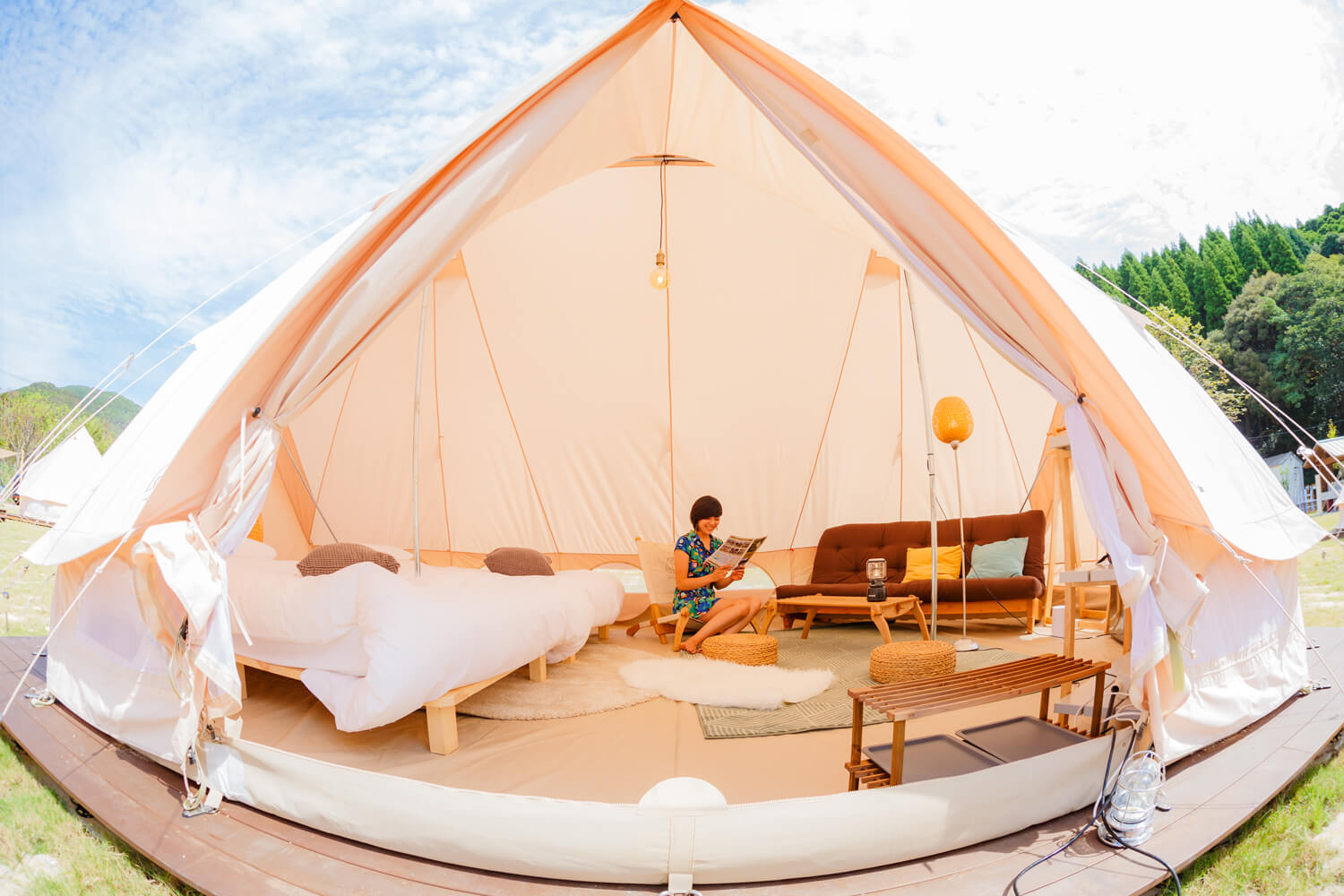
©Nordisk Village Goto Islands
This first Scandinavian-inspired glamping site combines wellbeing and refinement. Located in Kyushu, the 140 or so Goto Islands are renowned for their unspoiled beaches, breathtaking nature, and historic UNESCO World Heritage churches. It is in this heavenly setting, accessible by plane or by express ferry from Nagasaki, that the Nordisk Village Goto Islands are found.
In collaboration with Nordisk, a Danish manufacturer of outdoor equipment, and its Japanese subsidiary, Nordisk Japan, this new glamping site banishes the perception of camping as exceedingly uncomfortable. To stand out from other glamping sites, the Nordisk Village Goto Islands took inspiration from hygge, a Danish concept that promotes wellbeing in an intimate and warm atmosphere.
Nature and comfort
Nordisk Village Goto Islands has kept the main wooden building of a former elementary school to house the reception, coffee shop, communal kitchen, and three modern and comfortable rooms. Outside, 11 tents welcome those guests who wish to be closer to nature, while still satisfying their need for comfort with spacious beds. The decoration has been carefully thought out to be soothing, based on light tones.
With a white sand beach just a five-minute walk away, Nordisk Village Goto Islands also offers numerous activities such as diving, fishing, horseback riding, stand-up paddle boarding, kite-making, and ceramics workshops.
More information on Nordisk Village Goto Islands is available on its website.
Address: 233 Tao Tomie-cho Goto-shi Nagasaki-Ken 853-0203
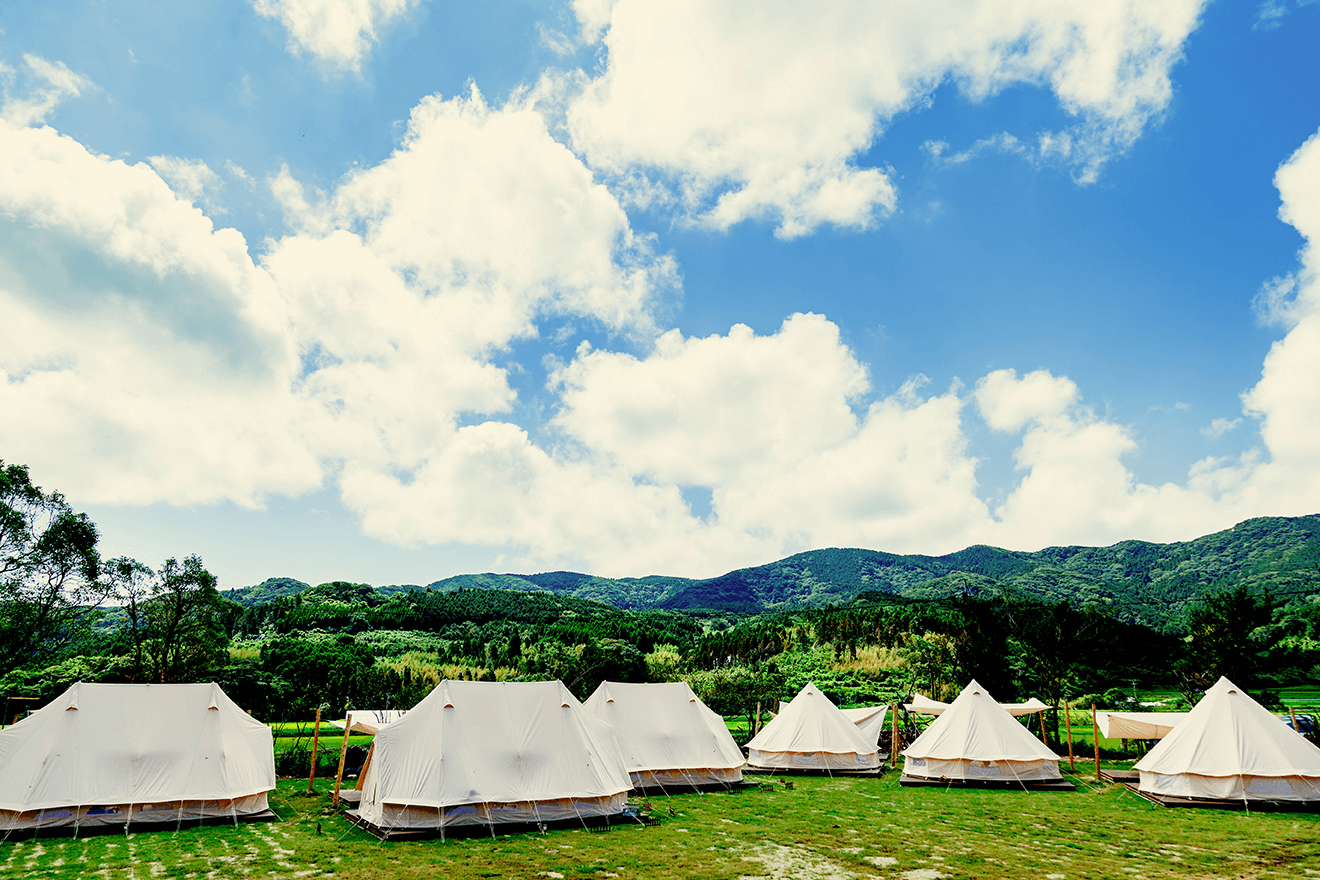
©Nordisk Village Goto Islands
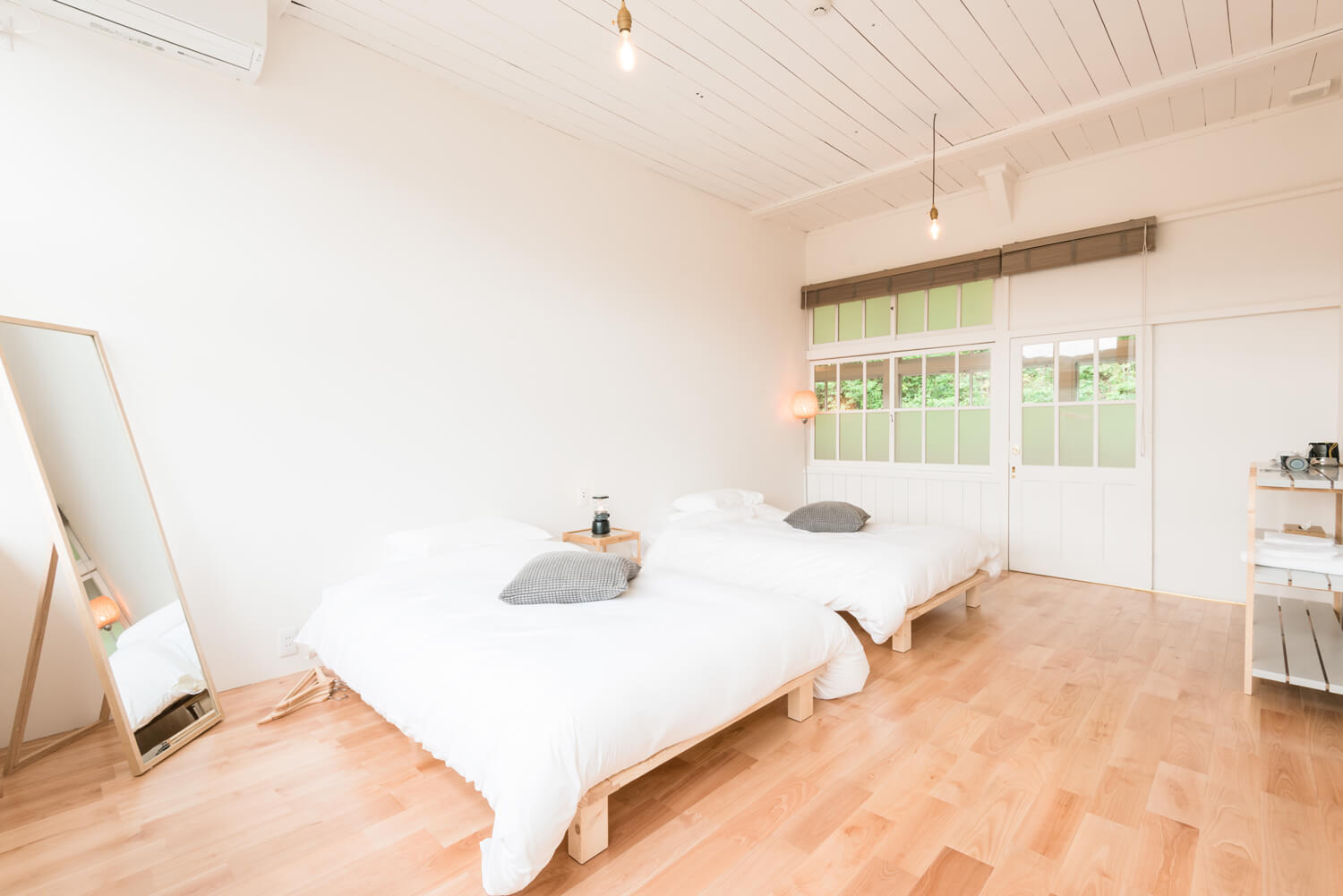
©Nordisk Village Goto Islands
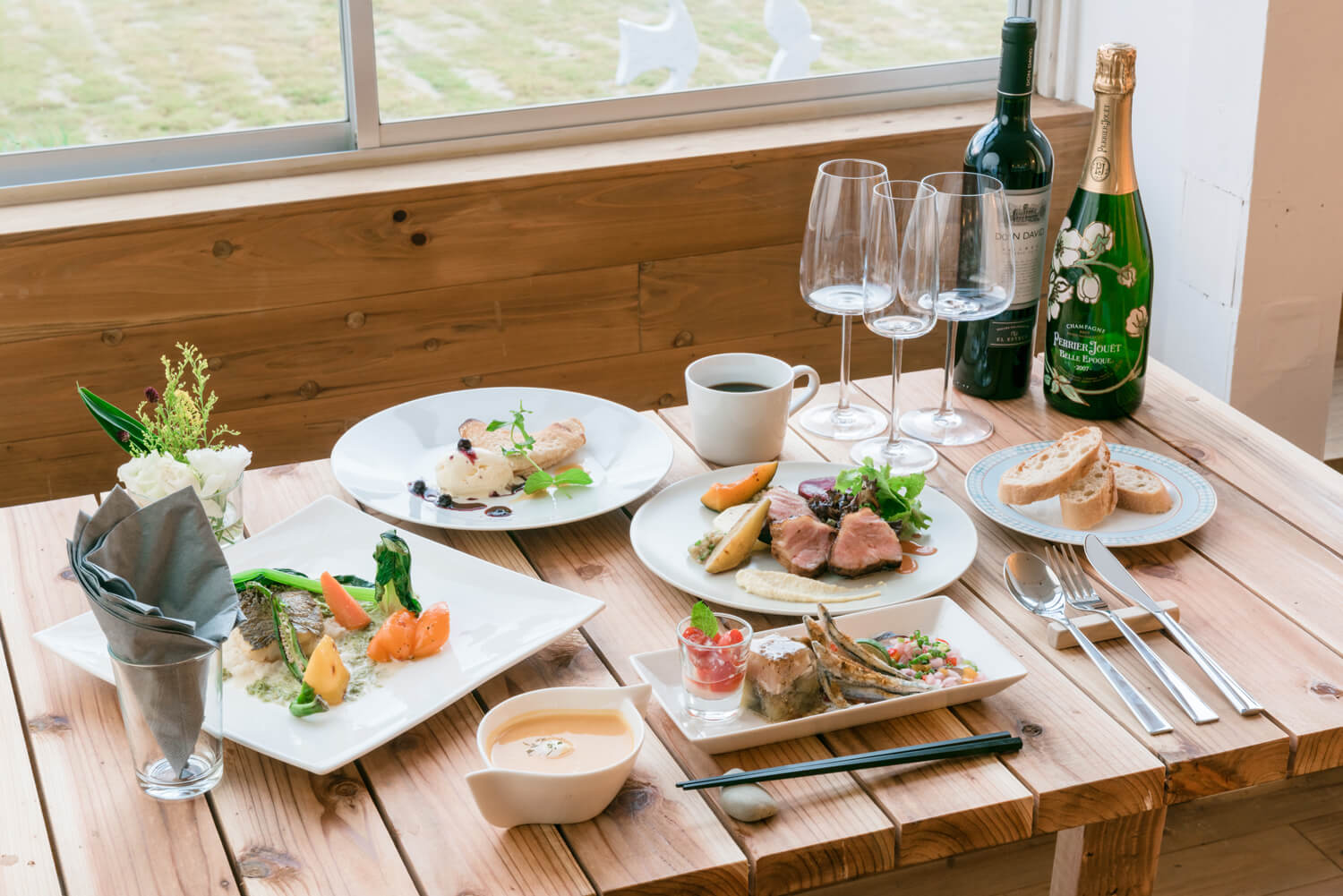
©Nordisk Village Goto Islands
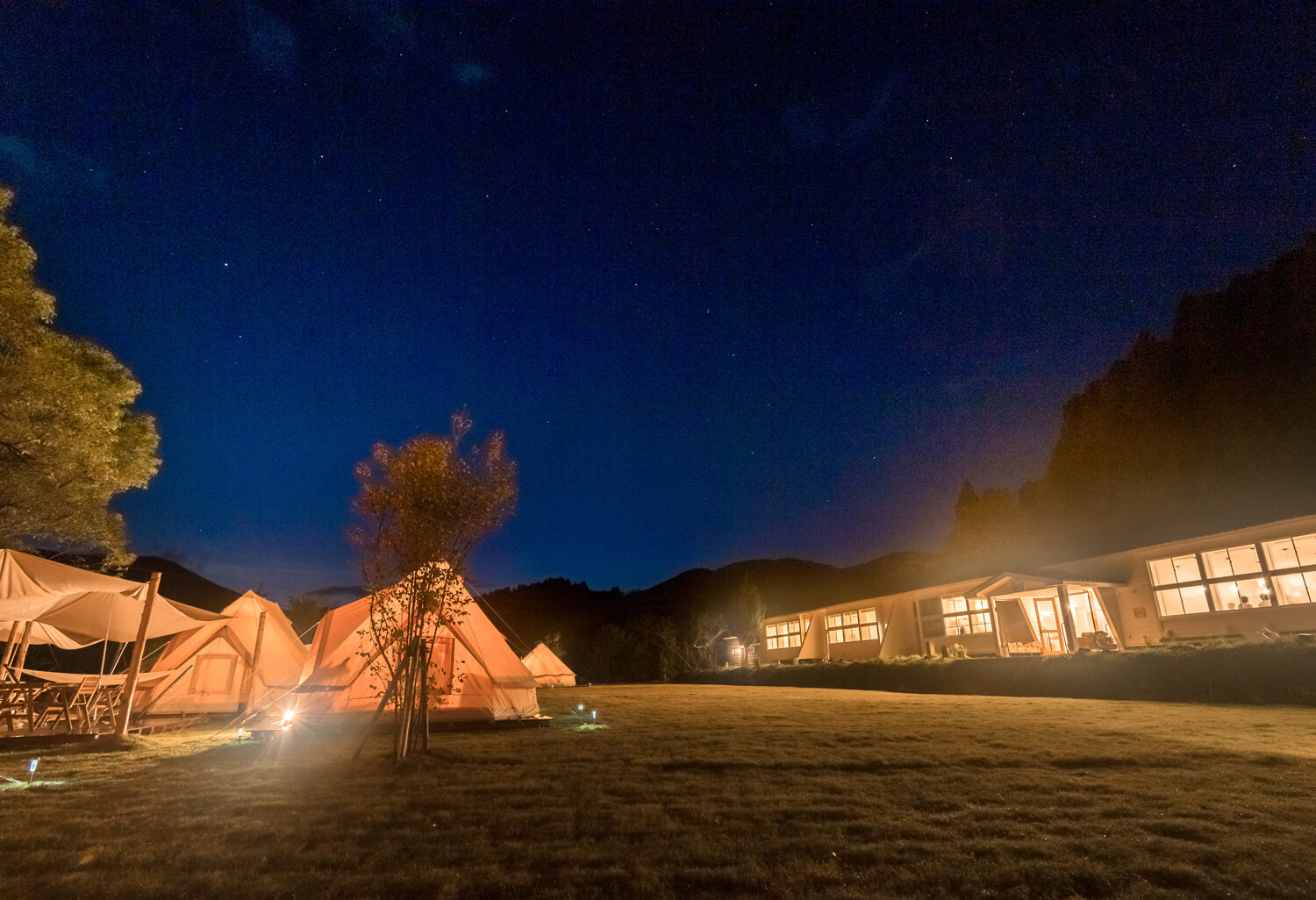
©Nordisk Village Goto Islands
TRENDING
-
The Tattoos that Marked the Criminals of the Edo Period
Traditional tattoos were strong signifiers; murderers had head tattoos, while theft might result in an arm tattoo.

-
Chiharu Shiota, Red Threads of the Soul
Last year, more than 660,000 people visited the retrospective 'Chiharu Shiota: The Soul Trembles' exhibit at the Mori Art Museum.

-
‘Before Doubting Others, Doubt Yourself. Who Can Truly Say a Dish Isn’t What It Used to Be?’
In ‘A Non-Conformist’s Guide to Surviving Society’, author Satoshi Ogawa shares his strategies for navigating everyday life.

-
The Story of Sada Yacco, the Geisha who Bewitched Europe
Described by Dazed magazine as the first beauty influencer, she has been restored to her former glory since 2019.

-
Ito Jakuchu's Naturalist Paintings
From 15 September until 14 October 2018, the Petit Palais showcased the artist's iconic ‘Images of the Colourful Realm of Living Beings’.





